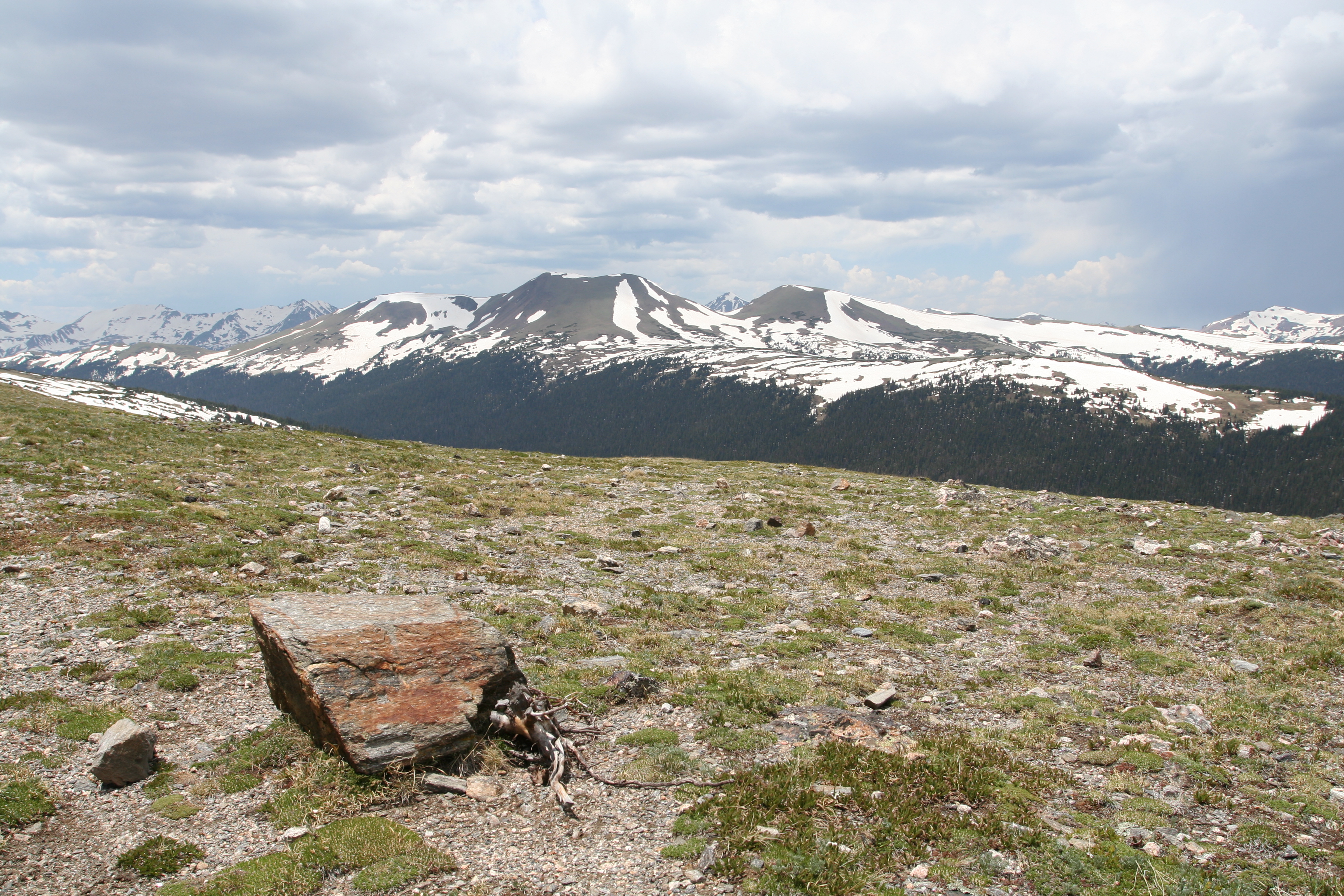Tumacácori: A Journey Through Time in Arizonas Desert Jewel
Planning a visit? Check out the Tumacácori National Historical Park page for visitor info, directions, and what to do when you get there.

Introduction
Tucked away amidst emerald mesquite groves and saguaro cacti that punctuate the sun-drenched horizon, Tumacácori National Historical Park is a lesser-known gem nestled in Tucson, Arizona. The echoes of ancient cultures whisper tales of bygone eras to ardent explorers, promising an experience that transcends time and ignites imagination.
Historical/Cultural/Geological Background
Established as a national monument in 1908 and labeled a historical park in 1990, Tumacácori is home to three mission sites - San José de Tumacácori, Los Santos Ángeles de Guevavi and San Cayetano de Calabazas. Its crown jewel remains the impeccably preserved Mission San José de Tumacácori. Founded by Father Eusebio Kino in 1691, it represents one of the earliest Spanish Colonial endeavors in North America.
Richly steeped in indigenous Osage tribe history, Spanish Jesuit influence, and later Mexican legacy, this park uniquely captures the convergence of cultures within its historic adobe walls. The geology mirrors this cultural mosaic; green valleys merge with rugged mountain ranges under the vast azure skies – a tranquil tribute to timeless beauty sculpted by nature’s hand.
Activities Guide
Tumacácori beckons history enthusiasts with its museum housing over 800 artifacts showcasing prehistoric Native American pottery, Spanish Colonial crafts, and religious artifacts. Feast your eyes on handcrafted altarpieces adorned with colorful frescoes and intricately carved statues from the mission period.
Beyond history, outdoor enthusiasts can embark on the Juan Bautista de Anza National Historic Trail that winds along the Santa Cruz River’s picturesque banks or indulge in bird-watching opportunities with over 200 species calling this park their home.
Visitor Information
The Tumacácori National Historical Park is open year-round except for Thanksgiving and Christmas. The visitor center operates from 9 AM to 5 PM, offering self-guided tour brochures, maps, and historical displays. Admission fees apply but are waived during several “fee-free” days throughout the year.
Tips for Different Visitors
Photography enthusiasts are spoiled for choices between sun-painted landscapes, architectural marvels and a diverse wildlife palette while history buffs can join guided tours unraveling fascinating stories behind each crumbling wall of Tumacácori.
Regional Context
Beyond the boundaries of Tumacácori lie treasures uncontested in their beauty and charm. The nearby Tubac Presidio State Historic Park offers further enlightening glimpses into Arizona’s past while Patagonia Lake State Park stuns visitors with its sparkling blue waters set against a backdrop of stunning mountain ranges.
Conclusion
Whether you’re transfixed by tales etched in ancient stone or captivated by the natural spectacle woven around this desert retreat; whether you’re chasing adventure on untamed trails or seeking serenity beneath star-studded skies, Tumacácori National Historical Park offers a journey like no other – it’s a spectacle of time, wrapped in rugged beauty, waiting to be explored.
Frequently Asked Questions
What are the operating hours and admission fees for Tumacácori National Historical Park?
Tumacácori National Historical Park is typically open year-round, though specific hours may vary by season. Most national parks charge an entrance fee, but some sites are free to visit. Check the official NPS website for current hours and fee information.
How long should I plan for a visit to Tumacácori National Historical Park?
A typical visit to Tumacácori National Historical Park can range from a few hours to a full day, depending on your interests and the activities you choose. Allow extra time for hiking, photography, and exploring visitor centers.
What should I bring when visiting Tumacácori National Historical Park?
Essential items include comfortable walking shoes, water, snacks, sunscreen, and weather-appropriate clothing. Bring a camera to capture the scenic views and consider binoculars for wildlife viewing.
What is the best time to visit Tumacácori National Historical Park?
The best time to visit depends on your preferences and the activities you plan to enjoy. Spring and fall often offer pleasant weather and fewer crowds, while summer provides the longest daylight hours.
Is Tumacácori National Historical Park accessible for visitors with mobility needs?
Many areas of Tumacácori National Historical Park are accessible to visitors with mobility needs, including paved trails and accessible facilities. Contact the park directly for specific accessibility information and current conditions.
Related Articles
El Morro National Monument Mastery: Albuquerque, New Mexico Insiders Guide
Explore El Morro National Monument in Albuquerque, New Mexico with our comprehensive visitor guide featuring activities, tips, and local insights.

An Uncharted Melody: The Story of Castle Mountains National Monument, California
